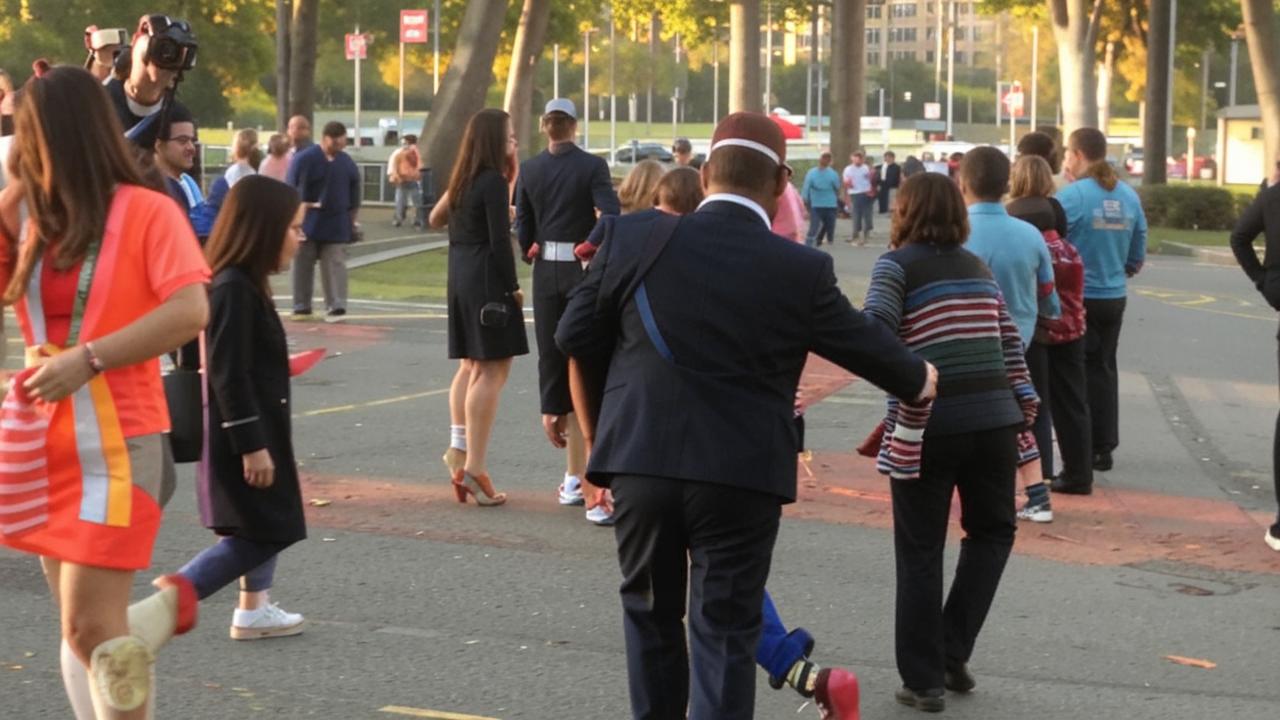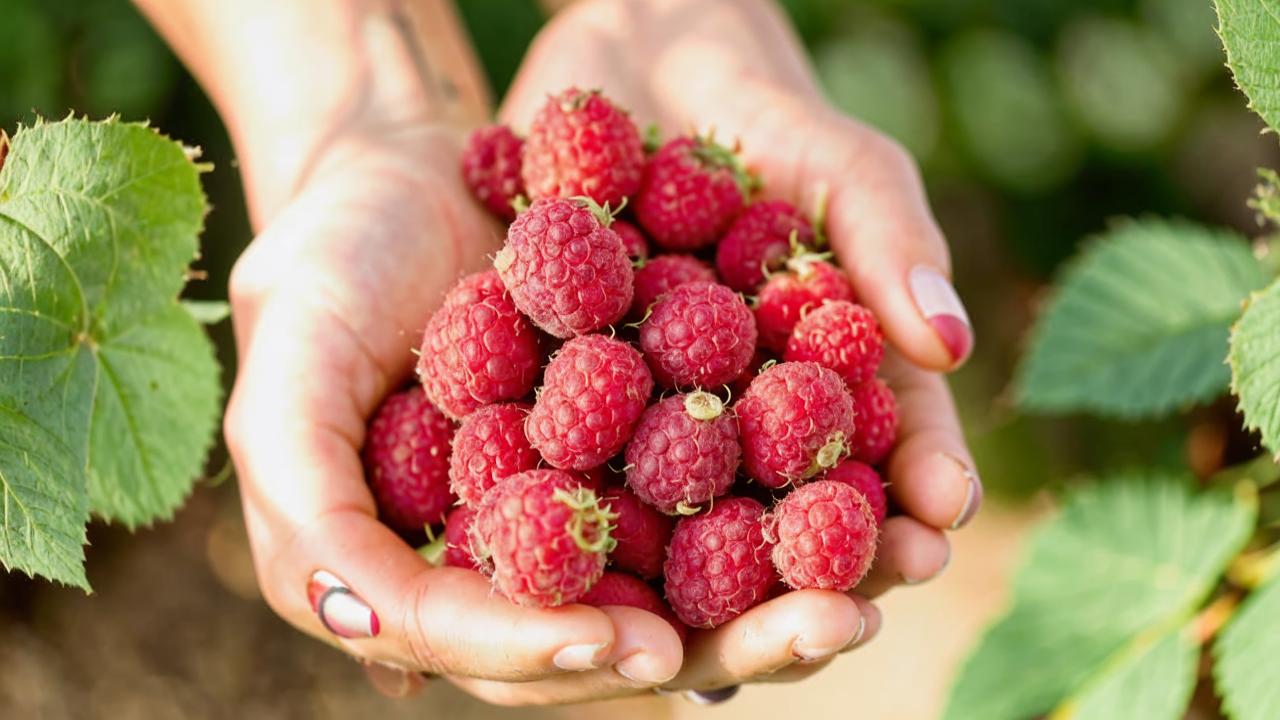Elizabeth Gilman’s book “Make peace with food” has been published by Albina Publishers. It is about how great it is to live in a world where food is just food, not an enemy, a cult, a trial or a punishment. Share an excerpt and join the author to explore how and why we’ve learned to complicate things.

Member of the British Association of Nutritional Scientists, Master of Nutritional Sciences
To understand why the simple question “What to eat for dinner?” for many people has become a problem requiring the expert help of nutritionists, nutritionists and psychotherapists, I suggest looking at the history of humanity’s relationship with food.
It would not have occurred to our distant ancestors to put a piece of lard on the edge of the plate: it glistens with fat, and intuitively it is clear that it is nutritious enough to help survive the winter and continue the family. Clearly, none of the ancient people worried about the size of the portion, the “right” time for a meal or the combination of products: the abundance, overabundance of food in their reality did not exist.
When attitudes toward food began to change
Life for Homo sapiens has changed dramatically only in the last 70 years. Twenty-four-hour supermarkets and two-for-one chocolate bars – our Paleolithic brain wasn’t ready for that. It can’t keep up with the progress it has generated and has not yet managed to adapt to the new reality.
To imagine how people lived at least a few thousand years ago, you can look at the Hadza tribe – a population of hunter-gatherers in northern Tanzania. Every morning, after waking up at dawn, they head out into the wild savannah to hunt zebras, antelopes and other animals. In a day, they can easily cover 16 to 25 kilometers. To collect wild honey, they climb nine-meter high baobabs. Every day, Hadza men and women do more physical work than the average Westerner does in a week. Compared to us, their food choices are small.

Their diet consists of meat, vegetables and fruits, tubers, berries, baobab, and a significant amount of honey. Between 15 and 20% of their calories come from honey, a simple carbohydrate. Contrary to paleodiet evangelists, hunter-gatherers ate a lot of starchy, sugary, carbohydrate-rich foods.
How food is treated in modern metropolitan areas
The reality of big city dwellers looks different. To get exotic fruits from different parts of the world, not to mention simple bread or yogurt, it is enough to get up from the couch and walk 50 meters to the nearest store. But there the problem of choice falls on everyone. It may seem better than a poisonous snake or a predator like the Tanzanians, but there are nuances. Agonizing over which banana to buy, organic or conventional, and whether wild fish is really better than farm fish, is also dangerous to health and life, as it threatens all sorts of neurotic disorders, increased daily stress levels and general anxiety.

The revolution in agriculture has made it possible for people to grow any kind of food at any time of the year. Thanks to technology, we have learned how to significantly alter the bioavailability of food, as well as masterfully enhance flavors or mask unnecessary nuances.
Bioavailability is the fraction of a nutrient that is digested, absorbed, and metabolized. Simply put, “bioavailability” is a measure of how easily a nutrient is absorbed by the body.
So what’s the problem?
But along with the huge variety of foods has come the fear of making the wrong choices. This creates a need for external food rules that provide a sense of reassurance and peace of mind. In our world, people are willingly giving up the freedom to eat whatever they want in exchange for advice from celebrities and experts on the internet!
This is a whole new twist in human history. The desire to restrict food was previously the preserve of the insane and religious fanatics. For the rest of us, the world made sense. Getting enough to eat was difficult, and body fatness meant high social status and an equally high chance of surviving a crop failure or sudden illness.

This is no joke: people who are overweight, according to traditional calculators, have a higher chance of recovering from serious illnesses like lung cancer and stroke. It turns out that obese stroke patients were 46% less likely to die afterward than normal-weight patients. “The Obesity Paradox” is a very interesting research topic and a serious blow to the peace of mind of those who promote diets. This medical theory suggests that obesity may be a protective factor for some people. The evidence does not indicate that obesity protects against stroke, for it is a recognized independent risk factor for stroke. But research does indicate that if a person has already had a stroke, overweight people are more likely to survive than underweight people.
For centuries, food has had another important function – to influence a person’s emotional state. For thousands of years, people had no greater reward than a piece of meat or a handful of berries. Getting food was one of the main goals in life. So it’s no surprise that the feeling of joy and peace of mind at the sight of a full fridge is built into our DNA.
When deciding what, when and how much to eat, we rely not only on hunger hormones, but also on family rituals (porridge for breakfast), national culture (olivier on New Year’s Eve) and religion (eggs and kulichi on Easter). In general, acquiring eating habits is a much more mysterious skill than, for example, tying shoelaces or riding a bicycle. We learn to eat without even noticing it. Likewise, we don’t always notice when nutrition becomes dysfunctional.
Habits are not easy to change, especially those formed in childhood. But to survive in the current food environment, we will definitely need different skills than those possessed by hunter-gatherers. Although body chemistry and childhood habits may not always be on our side, I am convinced that it is possible to learn to eat without effort and anxiety at any age and with any cultural baggage. A great many modern city dwellers would benefit from mastering just three things:
- respond to hunger and satiety cues rather than relying on external cues such as portion size;
- follow a routine or, if you prefer, a discipline in eating;
- try a wide variety of foods and meals and finally start living a life without restrictions.
Source: “Make peace with food”, Elizabeth Gilman.





